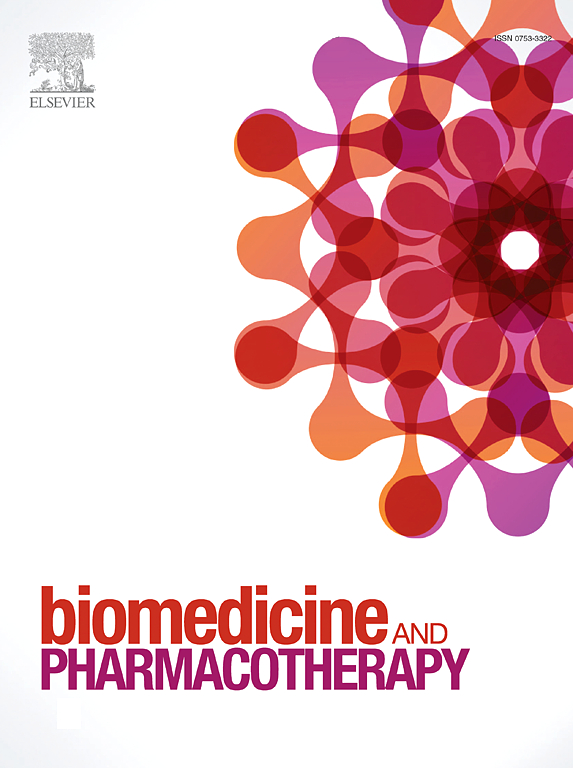Sodium Butyrate ameliorates pain and mood disorders in a mouse model of Parkinson disease
IF 6.9
2区 医学
Q1 MEDICINE, RESEARCH & EXPERIMENTAL
引用次数: 0
Abstract
Pain is one of non-motor features of Parkinson's disease (PD) that significantly impacts on patients’ quality of life and increases the risk of developing psychiatric disorders. The mechanisms underlying pain in PD are poorly understood and the classic pharmacological treatments supplying to dopamine depletion have limited therapeutic effects on this symptom. It has been demonstrated that short chain fatty acids (SCFAs) play a key role in several central nervous system diseases including PD; low serum and faecal levels of SCFAs have been described in PD patients. Among SCFAs, the gut microbial metabolite butyrate has a neuroprotective and anti-inflammatory effect, influencing neurological and behavioural processes. Using a 6-hydroxydopamine (6-OHDA) induced-PD mouse model, we evaluated the effects of sodium butyrate (BuNa) treatment on pain and mood-related behaviour, exporing the role of PPARs, opioid and endocannabinoid systems. Our results demonstrated that repeated BuNa treatment (100 mg/kg po) in PD-mice reduced pain hypersensitivity as well as depressive- and anxiety-lke behaviour both on day 7 and day 14 after 6-OHDA injection. Moreover, AM281(CB1R antagonist), GW6471 (PPAR-alpha antagonist), and naloxone (opioid receptor antagonist), reduced BuNa efficacy. Finally, BuNa treatment was associated with a significant reduction of pro-inflammatory cytokines at spinal and supraspinal levels. In conclusion, our results demonstrate that increasing endogenous butyrate concentration reduces PD comorbidities such as pain and psychiatric symptoms, restoring opioidergic and endocannabinergic pathways.
求助全文
约1分钟内获得全文
求助全文
来源期刊
CiteScore
11.90
自引率
2.70%
发文量
1621
审稿时长
48 days
期刊介绍:
Biomedicine & Pharmacotherapy stands as a multidisciplinary journal, presenting a spectrum of original research reports, reviews, and communications in the realms of clinical and basic medicine, as well as pharmacology. The journal spans various fields, including Cancer, Nutriceutics, Neurodegenerative, Cardiac, and Infectious Diseases.

 求助内容:
求助内容: 应助结果提醒方式:
应助结果提醒方式:


